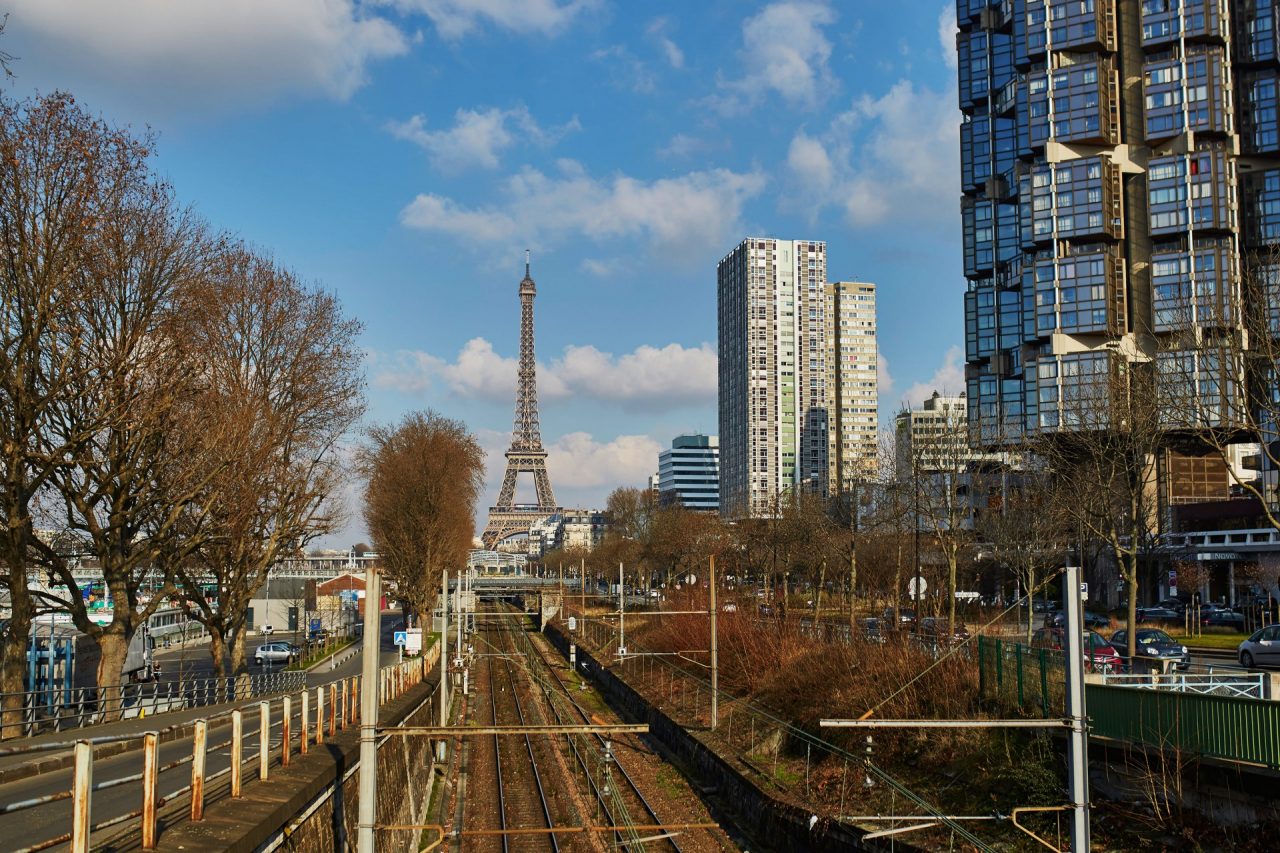Is it really possible for an infrastructure work to be more than just steel and concrete? What if it were an expression of creativity, beauty, art? The famous Brazilian architect Oscar Niemeyer used to say that a work “is not only the object, but what surrounds it, the voids and the spaces.”
The Grand Paris Express project is doing just that at the massive new public transport project in Paris that is Europe’s largest infrastructure construction site. Beyond the excavations, the depth of the tunnel, the noise of the construction site, and the visionary plan for a network that will transport 2 million people every day, the project also looks at art as a tool to transform an infrastructure work into one of Paris’ great monuments.
This is why the Société du Grand Paris, the group overseeing the work, has brought together architects, artists, performers and inventors, to redevelop the urban spaces that will emerge from the new metro stations.
Thierry Dallard, president of the Société du Grand Paris board of directors overseeing the line’s cultural development project, writes, “One hundred and fifteen years after the Baron Haussman-led transformation of Paris, the idea behind these initiatives is to map out a capital that is more open to the world, where metro stations can become the new gateways to Greater Paris.”
Art and culture in the Grand Paris Express construction sites
Since 2016, when the first construction sites opened, a program of cultural and artistic events has been underway, and is slated to continue until 2030, when work on the metro is expected to end. It will run alongside each stage of construction of the public transport network, involving artists as well as the areas affected by the construction sites.
To date, more than 200 performers from different countries and cultures have been involved in the project, holding events and performances that have reached some 200,000 residents.
“The Grand Paris Express construction sites are an innovative space to carry out creating the city of the future, via a strong cultural initiative that highlights the characteristics of the very areas that the metro connects,” says José-Manuel Gonçalvès, artistic and cultural director of the Grand Paris Express.
In line with Gonçalvès’ view, prior to the spread of Covid-19, many events and cultural festivals were organized at the stations’ construction sites, the last of which was held in February 2020 in Villejuif, with some 6,000 people participating.
A collective exhibition on the trains of the future
When art and engineering intertwine, anything is possible. That can even mean 40,000 people visit a group exhibition presenting the 68 new metro stations to the city. This is what happened in 2019 when visitors took part in “Horizon 2030”, an immersive 3D exhibition showcasing the best of the architecture, design and urban planning envisaged for the various construction phases of the Grand Paris Express.
In addition to the collective exhibition focused on the metro stations, the construction sites themselves are slated to become open-air museums in the coming years, where visitors can enjoy works of art and other creations by French and international artists.
The Grand Paris Express cultural program also envisages that the open-air installations and fittings will transform the train route into the world’s largest open-air art gallery, where collections of public works and urban innovations can be appreciated by over 2 million people.

Results of the cultural initiatives
To date, and despite the inevitable pauses due to the quarantines and social distancing measures brought on by the pandemic, the numbers associated with the Grand Paris Express cultural projects have been incredible. 40,000 people took part in the initiatives at the construction sites; another 40,000 visited the “Horizon 2030” exhibition; 50,000 used the Numéri-Scope information terminals set up near the construction areas; and 30,000 young people took part in the educational programs held to spread awareness of the importance of sustainable mobility and urban regeneration to future generations.
These results showcase only a sliver of the many initiatives that will run alongside the next few years of work. Many of these, some of which were scheduled for 2020 or the first months of 2021, have been postponed due to the pandemic. However, with the progress of vaccination campaigns and the downward contagion trend, there is some hope that the city will return to normal from next autumn.
And as Paris restarts, so will the many cultural initiatives of the Grand Paris Express. These range from a half-marathon planned to take place along part of the new line’s route to a series of concerts and debates that will transform the new urban spaces generated by the construction sites.
The massive project that will change Paris
The Grand Paris Express project aims to redesign Parisian mobility in a sustainable way, but the cultural efforts associated with it are further evidence of just how innovative it is. The Webuild Group is also involved in this gargantuan project, overseeing several lots of the new metro, which will connect every corner of an urban area where 12 million people reside and where 30% of the French GDP is produced. Through its 200 kilometers (124 miles) and its €28 billion ($33 billion) investment, this major work will cover a 140 square kilometer area (54 square miles), will employ 15,000 people on its construction sites, and over the long term will produce €100 billion ($120 billion) in added GDP. It will leave an indelible mark on Parisian culture and everyday life, along with a new element of cultural heritage, marrying utility and art.

